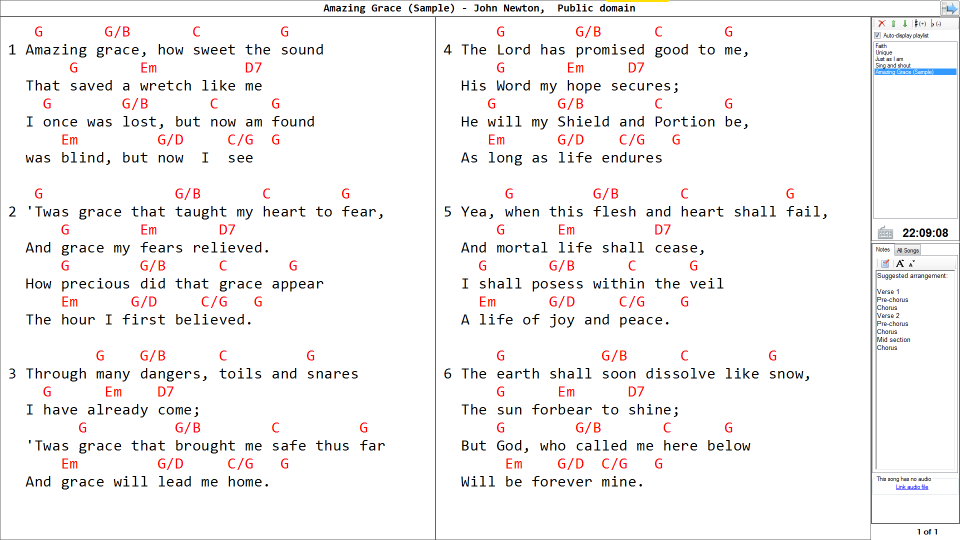
So I thought I'd add the instruction in classical idiom her own suggestion was to note a single arpeggio with "and so for all other chords" (I seem to recall there's a latin or italian term for that, but can't remember it). I'm asking about this because the issue came up in class - I'm taking the liberty to share the score with my teacher, who's a classical guitarist who continued to have the reflex of blocking all chords even after I explained the intention. You're right that printing "plectrum guitar" above the score should suffice for anyone who knows what that is, even if they don't intend to use a pick (like me). This song was arranged by Daniel Galbraith / Erik Foster in the key of A, B, Bb, C.
#Once and for all chords pdf#
I'd be content with just a way to say "roll all chords of more than N notes", not necessarily even with a need to specify how and certainly not on a note-by-note basis.Įven when adding an arpeggio in batch mode (after having succeeded in selecting all chords without messing up.) you'd still end up with all those arrows in the score, so I'd have to be able to set the stretch and visibility for all those indicators in 1 (or 2) batch operations. Download the PDF Chord Charts for Once And For All by Lauren Daigle, from the album How Can It Be.

I don't see how my statements are contradictory. The wavy line can be used to emphasize the arpeggio, as in a final chord (played with greater note separation): At that tempo, it happens "automatically", when played by a competent human guitarist.īTW, I take it there is no actual difference between a curly and a straight arpeggio symbol other than its appearance? Watching that youtube piece, and as played with a pick, there is no need to specifically notate arpeggios. In plectrum style guitar playing at slow to moderate tempo, notes automatically sound "arpeggiated" - i.e., the pick glides across the strings (as opposed to sounding all strings simultaneously).Ĭompare to classical or "finger" style playing where strings can be plucked by different fingers and made to sound all at once. When notating, you can select the chords and then add the arpeggios instead of entering "one by one".

If you want the playback engine to respect "rolling" the chords, use the arpeggio and modify its 'Stretch' in the Inspector. I'm not after a very finely tuned control of the way chords are played in midi playback.

are to be rolled (arpeggiated), preferably one that is respected by the playback engine? if there's a convention to indicate that all chords.


 0 kommentar(er)
0 kommentar(er)
